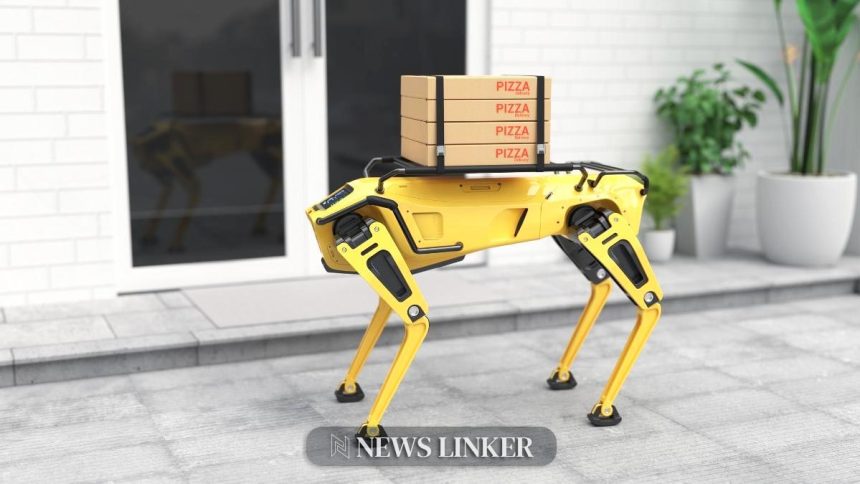The collaborative robot (cobot) market experienced significant growth in 2023, surpassing $1 billion in revenues. This milestone comes at a time when the market is evolving, with end-users increasingly favoring integrated and holistic robotic solutions over standalone units. This shift is expected to drive the market further in the coming years, reflecting a broader trend towards automation and technological advancement in various industries.
Collaborative robots, commonly known as cobots, are designed to work safely alongside humans, enhancing productivity in a range of applications. These robots were first introduced in the early 2000s to facilitate safer human-robot interaction. They are widely used in manufacturing, automotive, and electronics industries, and their market presence has expanded significantly since their launch.
Recent data from Interact Analysis highlights notable growth in the cobot market, despite lower post-pandemic recovery rates than initially anticipated. In 2023, the market saw an 11.9% increase in annual revenues. Comparatively, a 2021 forecast by ABI Research projected the market to reach $600 million by 2021, with an expected CAGR of 32.5% until 2030. The actual market figures align closely with these earlier predictions, underscoring the sector’s resilience and potential for sustained growth.
Market Trends and Growth Forecast
Looking ahead, Interact Analysis forecasts a 22% increase in cobot shipments for 2024, with similar growth rates expected annually through 2028. The demand for cobots in automotive and new energy sectors remained robust in 2023, while electronics and semiconductor sectors saw a downturn. However, orders from these industries are predicted to recover in 2024, potentially driving further market expansion. Despite this optimistic outlook, challenges such as high interest rates could impact overall order volumes.
Universal Robots (UR) continues to lead the cobot market, generating $304 million in revenue in 2023. The dominance of UR and other key players is expected to influence market dynamics, with larger customers being a focal point. This could have implications for capacity and resource allocation within the industry.
Key Insights
Here are some significant observations from the current market analysis:
- China will maintain a dominant position in the cobot market in the medium term.
- Average revenue per unit in China is expected to decline due to increased competition.
- Global market prices for cobots are predicted to rise slightly as demand for higher payload capability grows.
The global cobot market is on a robust growth trajectory, driven by technological innovation and evolving industry needs. Companies are increasingly seeking holistic automation solutions, which is expected to further boost the market. As China continues to lead the market, its competitive landscape may drive prices down, while other regions are likely to see growth rates catching up. The forecasted rise in global market prices is indicative of a growing demand for cobots with advanced capabilities. These trends suggest a dynamic and expanding market, poised for significant developments in the years ahead.










